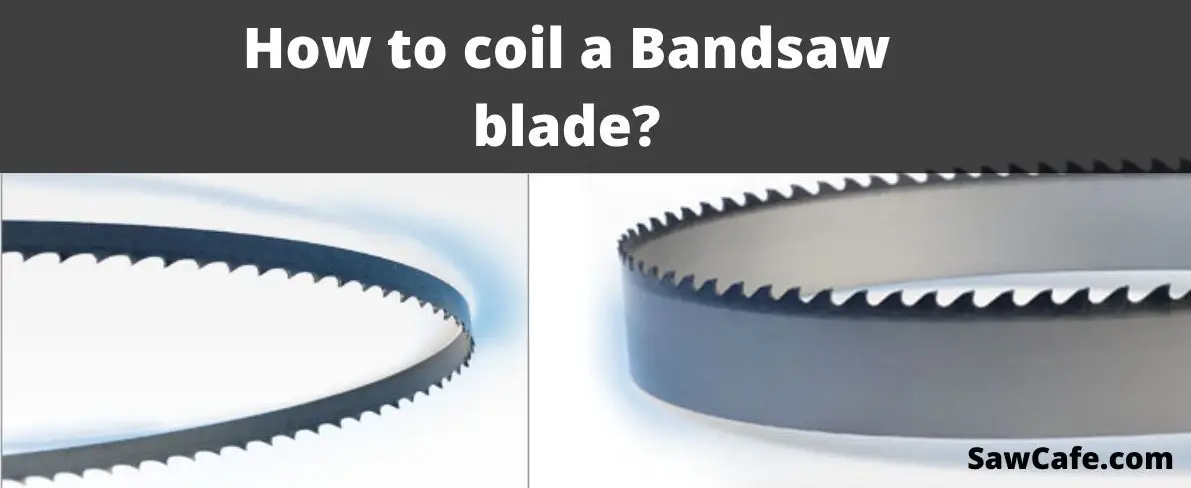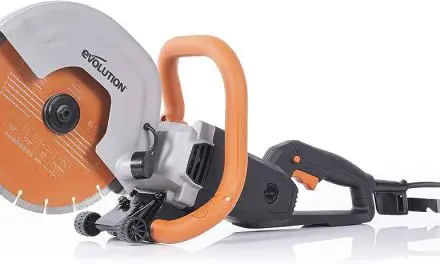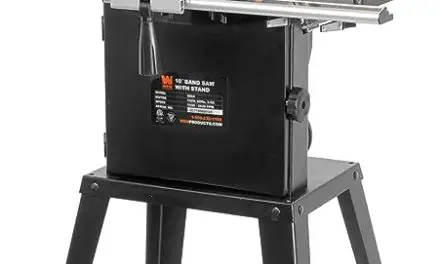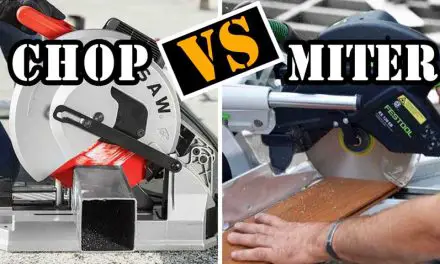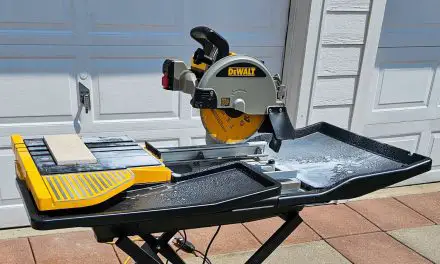You can never underestimate the importance of a bandsaw to woodworking projects. You can use a bandsaw to cut different materials such as wood, timber, and metal. The good thing is that you can make straight cuts on workpieces using this equipment. This tool is ideal for cutting tight curves. It is also suitable for making crosscuts. If you are going to start a woodworking business, you need to understand that these cuts are not easy to make. It would be best if you had the right equipment to achieve this.
One great difference between a bandsaw and other cutting machines is the blade. The band saw has smaller blades or kerf, which makes it produce a small amount of sawdust. This development enables you to avoid wastages that may result from a large amount of sawdust created when you use other machines.
How to coil a bandsaw blade?
To store a bandsaw, you need to coil the blade to avoid taking up a lot of space. To coil a bandsaw blade, these steps will suffice for different models of bandsaws. You already know that bandsaws have different features.
1. Read the manual:
A bandsaw manual will be able to explain how to coil the blade for storage. When you go through the manual, you will learn a few other important pieces of information. You know that bandsaws have sharp edges, so it is crucial to learn about the safety precautions that you need when handling the blade.
2. Wear thick gloves and protective eyewear:
The first safety measure is to wear thick gloves and protective eyewear. This will prevent you from accidentally cutting yourself or protect your eye from the blade. Your eyes are a delicate part of your body, and therefore, deserve to be protected from sharp objects.
3. Hold the place with both hands:
To coil a bandsaw blade, you should hold the blade with both hands. Make sure that the edges point away from you. You can also hold it to the ground and press it firmly with a foot so that you don’t lose control of the blade. Try to compress the blade with your two hands or push down the blade to compress it.
4. Twist your hand:
As you push the blade down, twist your hand in a half-turn. You should cross one hand over the other while your foot is still pressing one part of the blade to the ground. Continue to twist your hand in the same motion to coil the blade. It would help if you equally continued to push the blade down while coiling the blade. The blade should now form three loops.
5. Hold the loops tightly:
When coiling a bandsaw blade, it is a great job to form three loops. You can continue to fold the blade until you make about four or five loops. At least, you need to create three loops. Gather the loops together.
6. Secure the coiled blade with a wire tie:
Now that you have successfully coiled a bandsaw blade, secure it with a wire tire. It is safe to keep now. Ensure that you do not leave it on the floor to avoid a domestic accident.
FAQs:
Q: How do you install a Coil A Bandsaw blade?
A: Installing a Coil A Bandsaw blade will vary depending on the model and make of your bandsaw. Generally, however, you should insert each end into its proper place as indicated by the machine’s manual. Once installed, you can then tension the blade by adjusting the screws located on either side of the saw’s frame.
Q: What type of material can a Coil A Bandsaw blade cut?
A: Coil A Bandsaw blades are ideal for cutting soft materials, such as wood and plastics. They can also be used to cut harder materials like metal, although they may require additional guidance or modifications in order to do so effectively.
Q: How often should I sharpen my Coil A Bandsaw blade?
A: To ensure your safety and get the best performance from your Coil A Bandsaw blade, you should sharpen it when it begins to become dull or noticeably lose its edge. Depending on how much you use your bandsaw, this may be as often as once a month or as rarely as once a year.
Q: What precautions should I take when using a Coil A Bandsaw blade?
A: When working with any type of saw blade, it’s always important to wear eye protection and follow all safety protocols outlined by the manufacturer. Additionally, always keep your hands away from the cutting area while in operation and make sure that the material you are cutting is properly secured before beginning work. Finally, never attempt to cut materials which exceed the maximum capacity of your machine. Doing so can result in serious injury or damage to the equipment.
Q: What is the best way to clean a Coil A Bandsaw blade?
A: After each use, you should always thoroughly clean your Coil A Bandsaw blade by brushing off any debris and wiping down the metal parts with an oiled cloth. This will help extend the life of your blade and ensure smooth operation in the future. Additionally, it is also important to regularly sharpen your saw blades and inspect them for wear and tear. Doing so can help prevent accidents and keep your equipment running efficiently.
Final Verdict:
How to coil a Bandsaw blade? Coiling a bandsaw blade is an important skill that can help you get the most out of your tool. It enables you to easily cut through thick materials without having to constantly replace blades. With the steps outlined in this article, it should be easy for anyone to coil their own bandsaw blade and enjoy smooth cuts with great precision. To ensure safety and accuracy when using the saw, always keep your hands away from the blade, use protective gear such as gloves and goggles, and make sure that all components are properly secured before starting.
Additionally, take time to understand how sharpening and tensioning affect the performance of your saw’s blade so that it lasts longer while delivering optimal cutting performance. With some practice and knowledge of best practices, anyone can get the most out of their bandsaw blade. Good luck!

